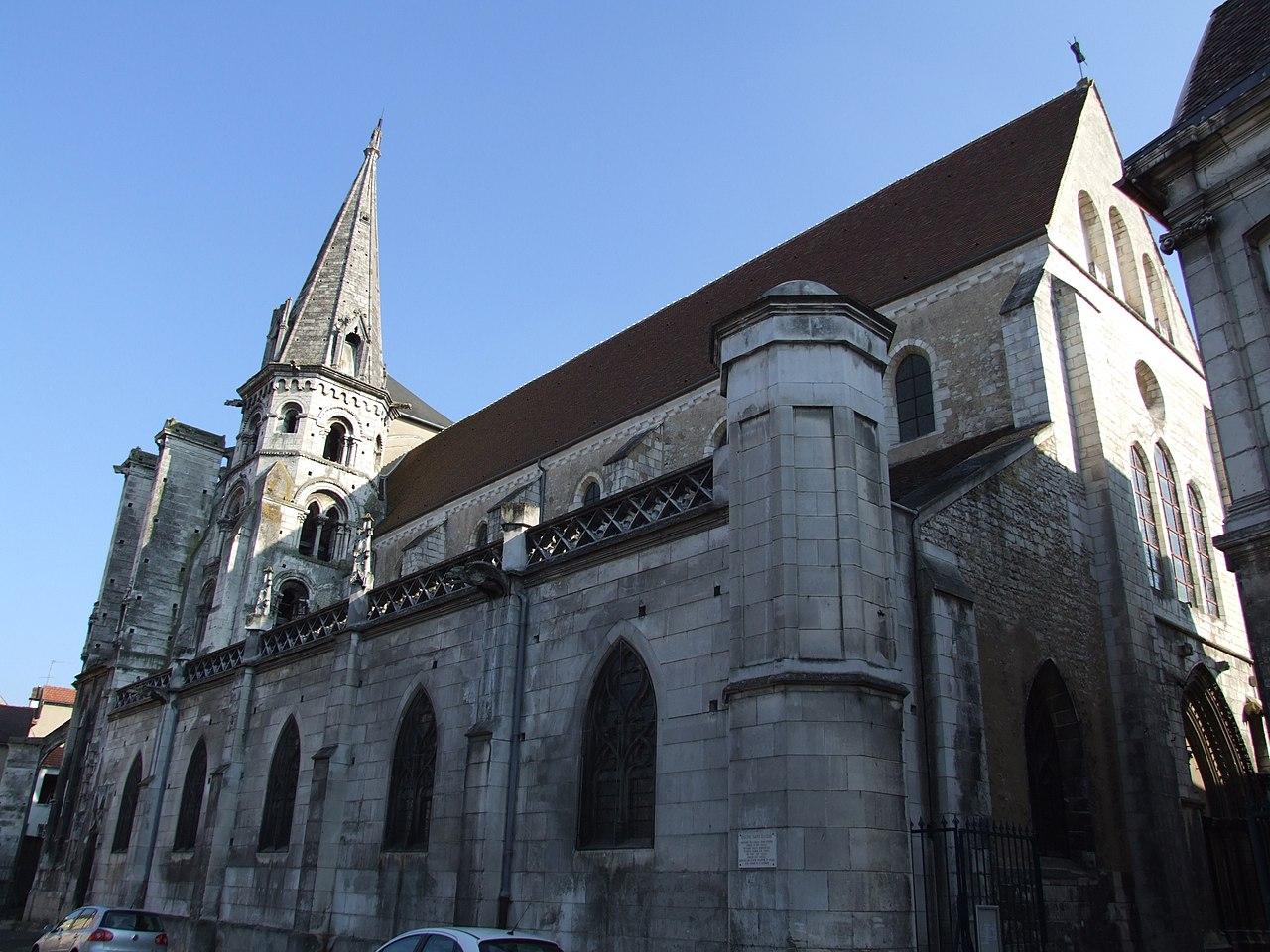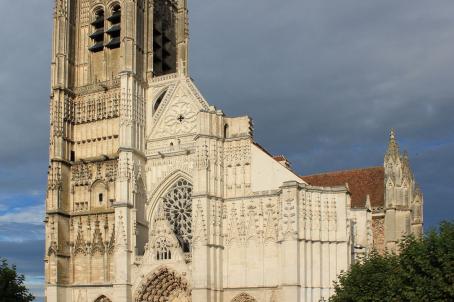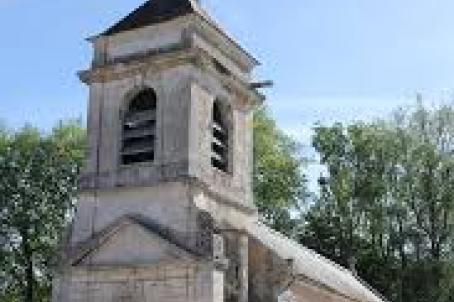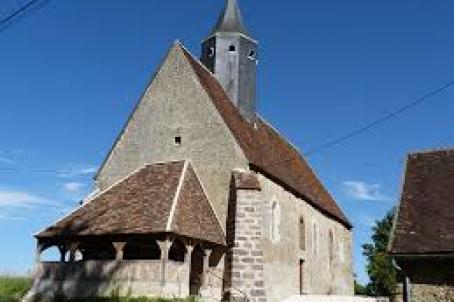Église Saint-Eusèbe
The church of Saint-Eusèbe, founded in the 11th century, is the church of the monastery of Saint-Eusèbe founded by Saint Pallade, bishop of Auxerre from 622 to 657. Its oldest foundation dates back to the 6th century. In 1523, the chevet of the church collapsed due to lack of maintenance. The reconstruction of the church began in 1530, possibly as part of a total reconstruction of the church, and used the Renaissance style.






